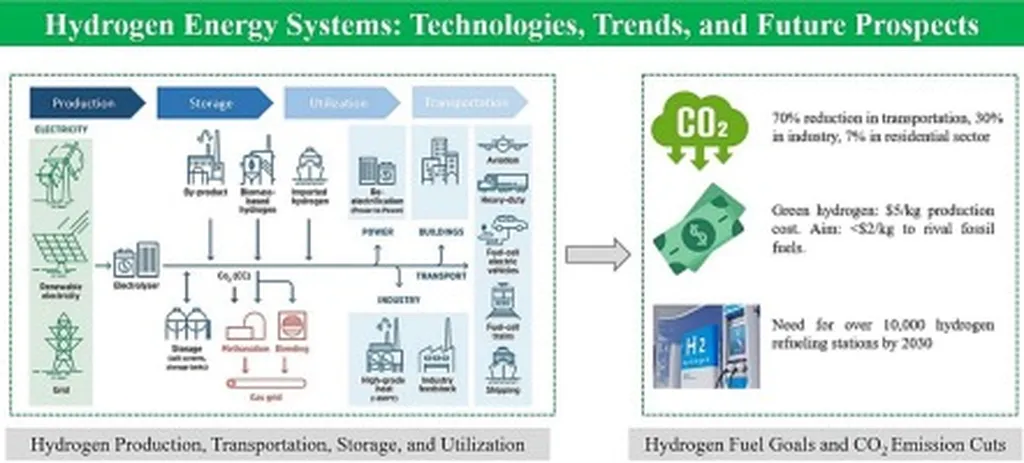In the rapidly evolving landscape of energy systems, a groundbreaking review published in *Applied Sciences* (translated from Polish as “Applied Sciences”) is shedding light on the transformative potential of Smart Local Energy Systems (SLESs) and their emerging applications in Closed Ecological Systems (CES) and Life Support Systems (LSSs). Led by Andrzej Ożadowicz from the Department of Power Electronics and Energy Control Systems at AGH University of Krakow, this research delves into the advanced modeling and simulation tools that are crucial for the design and operation of SLESs, offering insights that could reshape the energy sector.
The study highlights the growing importance of microgrids, which link buildings with distributed energy resources and storage, driving the need for sophisticated modeling and simulations. “The complexity, decentralization, and interoperability of SLESs demand advanced tools that can integrate multi-domain systems, enable predictive control, and support smart automation,” explains Ożadowicz. This review meticulously analyzes commonly used environments and methods, emphasizing their capabilities in these areas.
One of the most intriguing aspects of this research is its focus on CES and LSSs—fully or semi-isolated environments designed to sustain human life through autonomous recycling of air, water, and other resources. These systems, which require isolation, autonomy, and high reliability, present a novel application domain for SLES technologies. The study explores how concepts developed for building and energy systems, such as demand-side management, IoT-based monitoring, and edge computing, can be adapted to these contexts.
The potential commercial impacts of this research are substantial. As the energy sector increasingly embraces decentralized and intelligent energy infrastructures, the insights from this review could accelerate the development of sustainable and autonomous energy solutions. “The bidirectional transfer of technologies and modeling between Earth-based and space systems offers a unique opportunity to advance both terrestrial and extraterrestrial energy infrastructures,” notes Ożadowicz.
The study also addresses the challenges related to model integration, simulation scalability, and the transfer of technologies between different systems. A SWOT analysis and a roadmap for future research are provided, laying the foundation for developing intelligent and autonomous energy infrastructures.
This research not only highlights the current state of modeling and simulation tools for SLESs but also points to the future of energy systems. As the energy sector continues to evolve, the insights from this review could shape the development of sustainable, intelligent, and autonomous energy infrastructures, both on Earth and beyond. The study’s emphasis on the integration of advanced technologies and the adaptation of existing concepts to new contexts offers a compelling vision of the future of energy systems.

